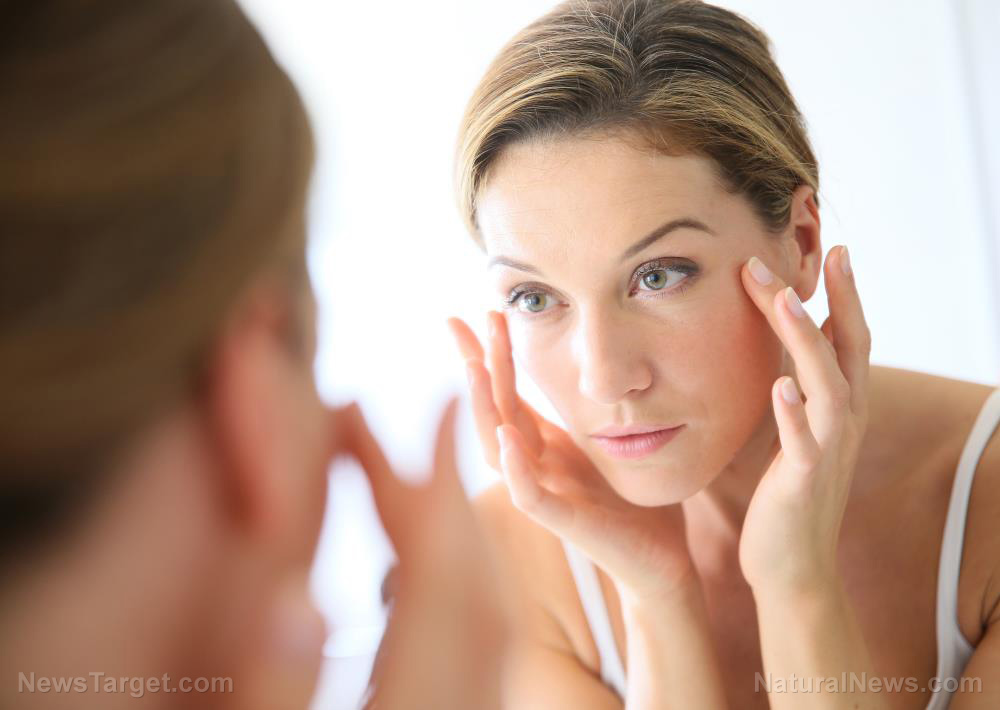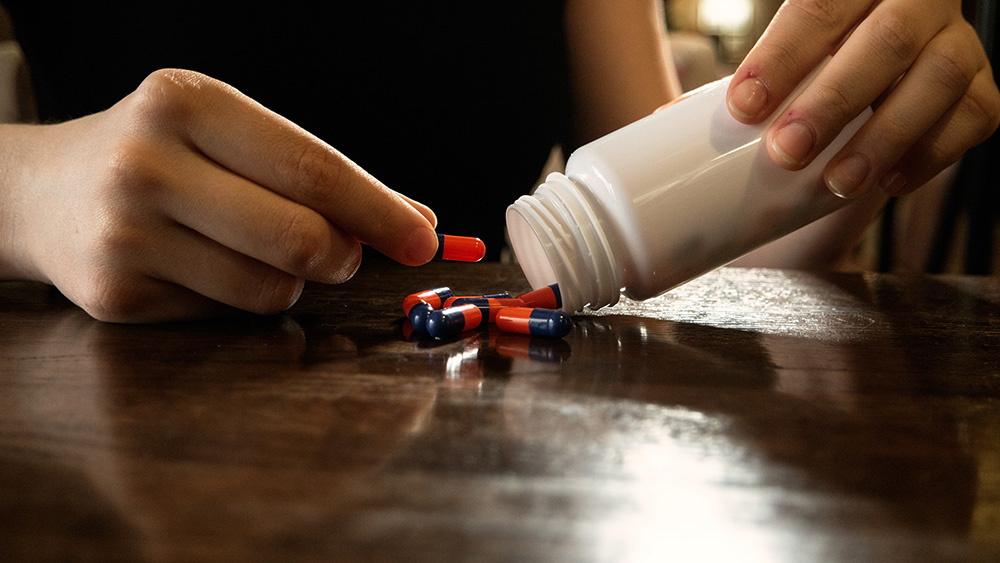 Parler
Parler Gab
Gab
Is sound the cure for bodily ailments?
The type of ultrasound frequency used in the research is less than 100 kilohertz, this being far below the 2,000 or so kilohertz frequencies that are used for medical imaging. Mice were placed in warm, deep water covering at least half of their bodies. They were all between 22 and 25 months old, equivalent to a human being in his 60s or 70s. "Ultrasound waves lose less power traveling through water than they do through air," reports state. "The lab rodents did better in physical tests compared with peers put in the tub but left untreated. Fluorescent dyes that light up senescent cells were also used to show proportions in the kidneys and pancreas decreased afterwards." Many aspects of this research are "still mystifying" to Sheetz, who admits he does not fully understand how or why the therapy works as it does. Concerning the mice's skin, ultrasound therapy also stopped it from wearing out. While human skin cells usually start to wear out after about 15 divisions, ultrasound therapy helped the mice reach 24 divisions with no signs of abnormality. In many ways, ultrasound therapy works like exercise to physically distort cells. It also reactivates the interior waste disposal systems that no longer function in senescent cells. Prof. Jurgen Gotz from The University of Queensland, who did not participate in the study, called the findings "convincing," though he says more work is needed to identify which ultrasound parameters work best. Particularly in humans, there are limitations to ultrasound therapy as sound waves can be blocked by bones and lungs. In that case, changing the frequencies to better penetrate these body parts may be necessary. Gotz has been studying ultrasound therapy as well, having discovered in his own experiments that sound waves can improve memory and possibly remediate Alzheimer's disease. The next step for Sheetz's research is to test ultrasound therapy on people, particularly those with osteoarthritis and diabetic foot ulcers. "Maybe this is why music makes you feel better," wrote one commenter about the research. "From Mozart to Death Metal, let them sing!" "As most cures for any disease that come out of scientists great research, this will be swept under the rug by big pharma," suggested another. More stories like this one can be found at AntiAgingScience.news. Sources for this article include: StudyFinds.org NaturalNews.comArchaeologists discover RARE and possibly the OLDEST gold-covered Egyptian mummy
By Kevin Hughes // Share
These 7 herbs can help you through life’s aches and pains
By Olivia Cook // Share
Merck’s new covid pill linked to virus mutations, study finds
By Ethan Huff // Share
Beneficial enzymes in barley grass can boost gut health and protect against cancer
By Zoey Sky // Share
Ancient Egyptian mass grave with dogs, 8-year-old kid baffles archaeologists
By Kevin Hughes // Share
8 Science-backed health benefits of vitamin K
By Olivia Cook // Share
Governments continue to obscure COVID-19 vaccine data amid rising concerns over excess deaths
By patricklewis // Share
Tech giant Microsoft backs EXTINCTION with its support of carbon capture programs
By ramontomeydw // Share
Germany to resume arms exports to Israel despite repeated ceasefire violations
By isabelle // Share










